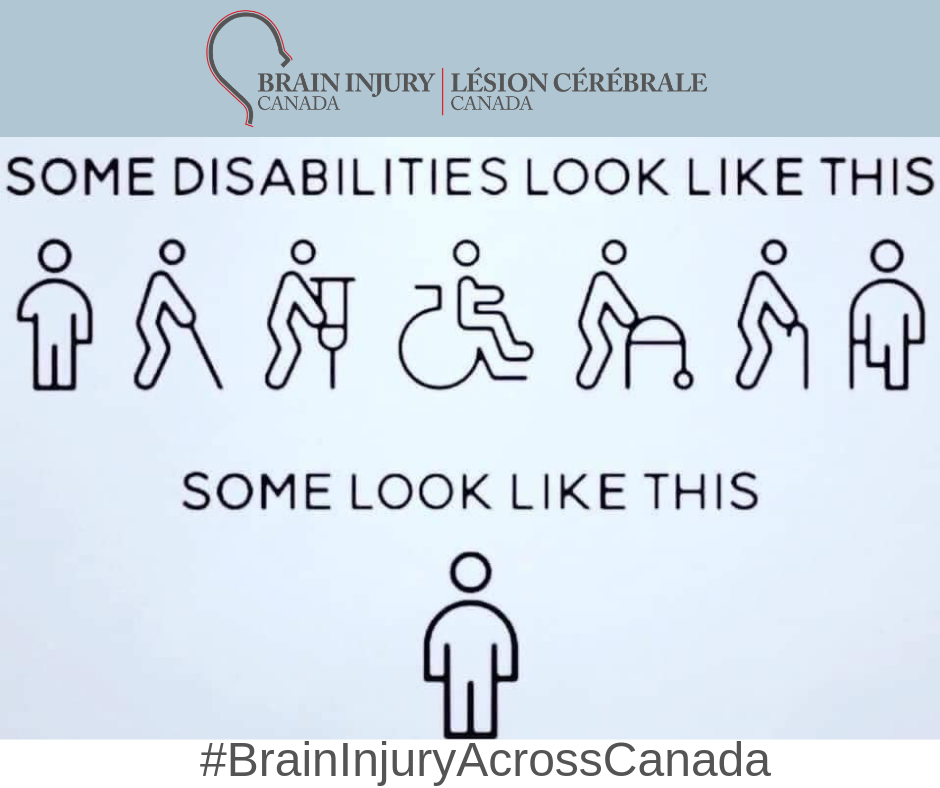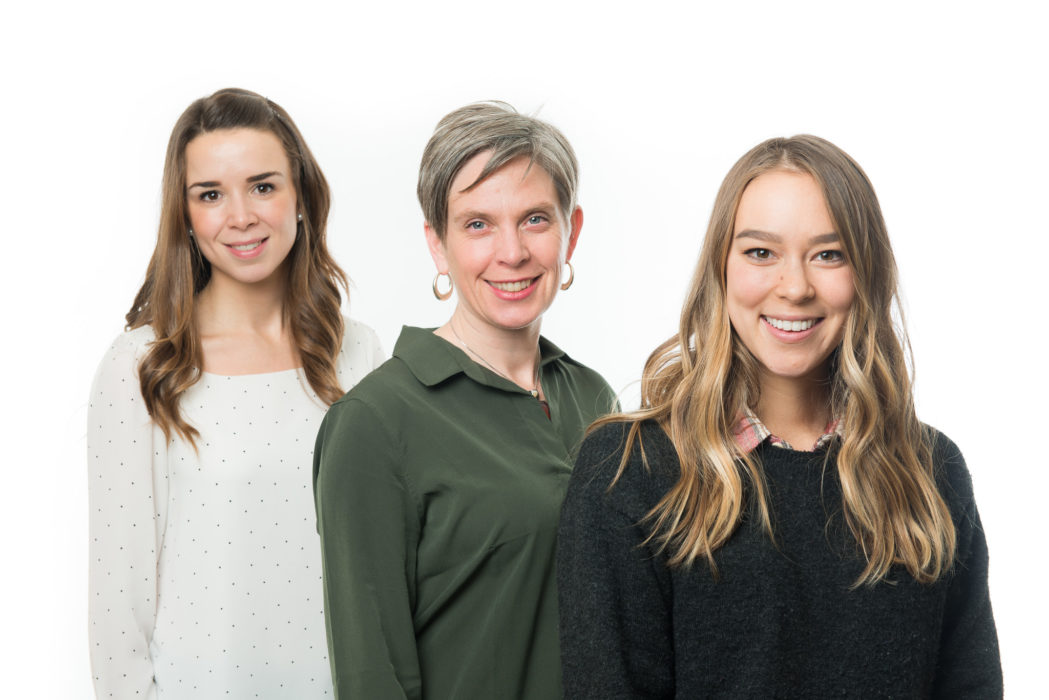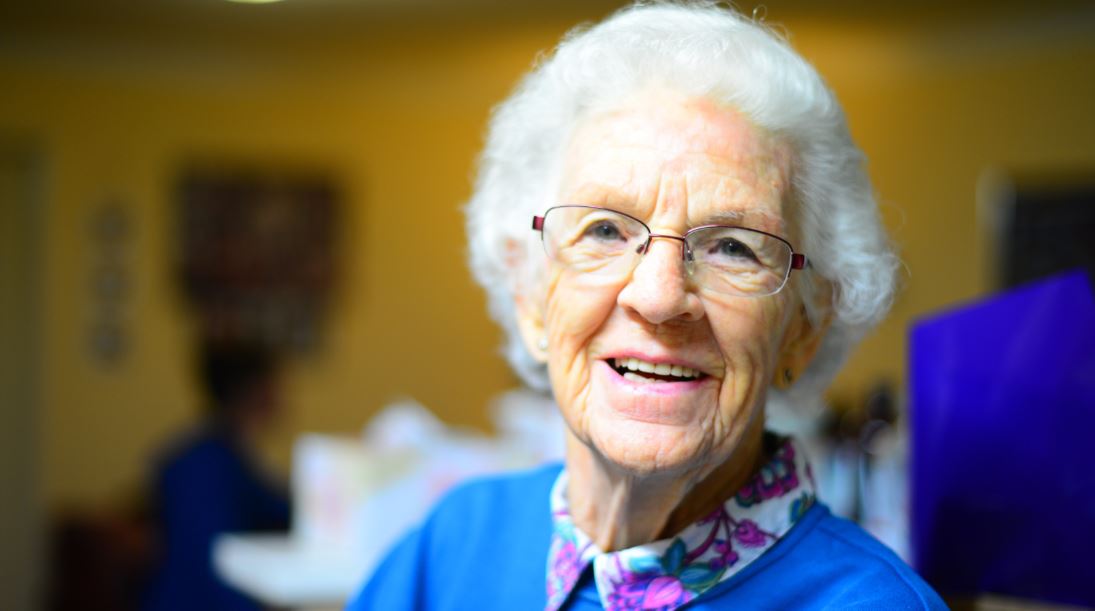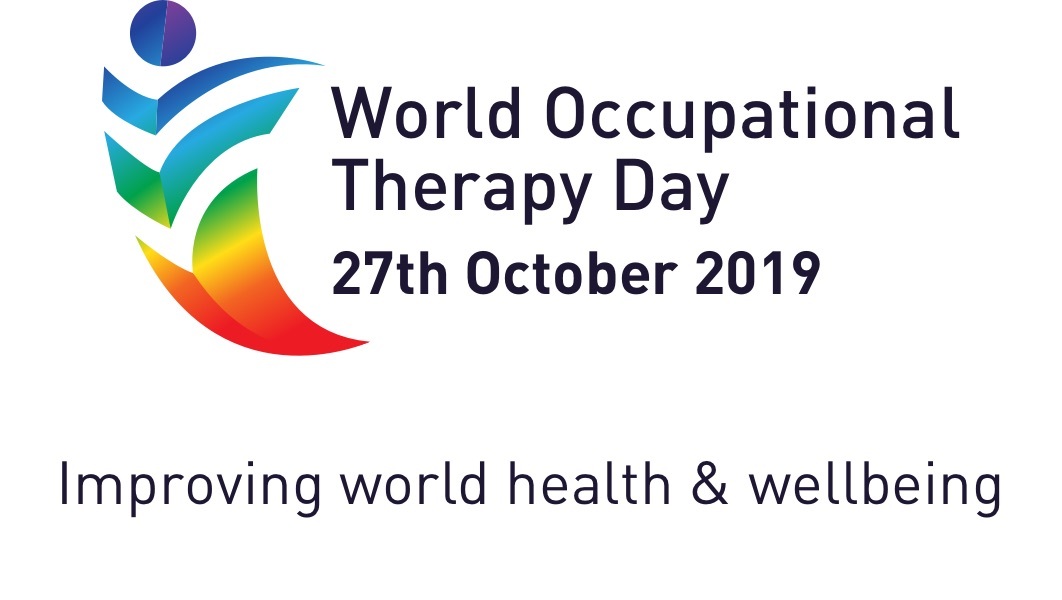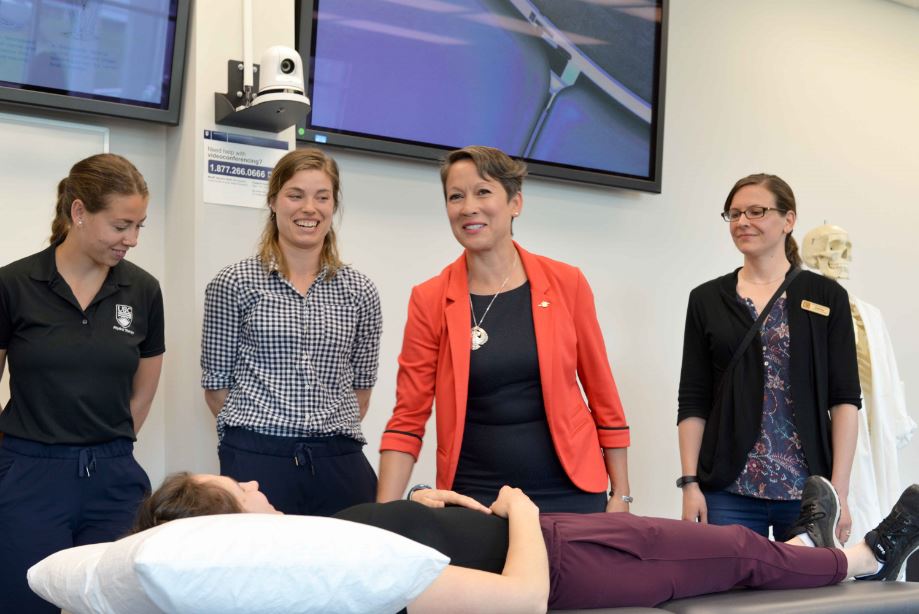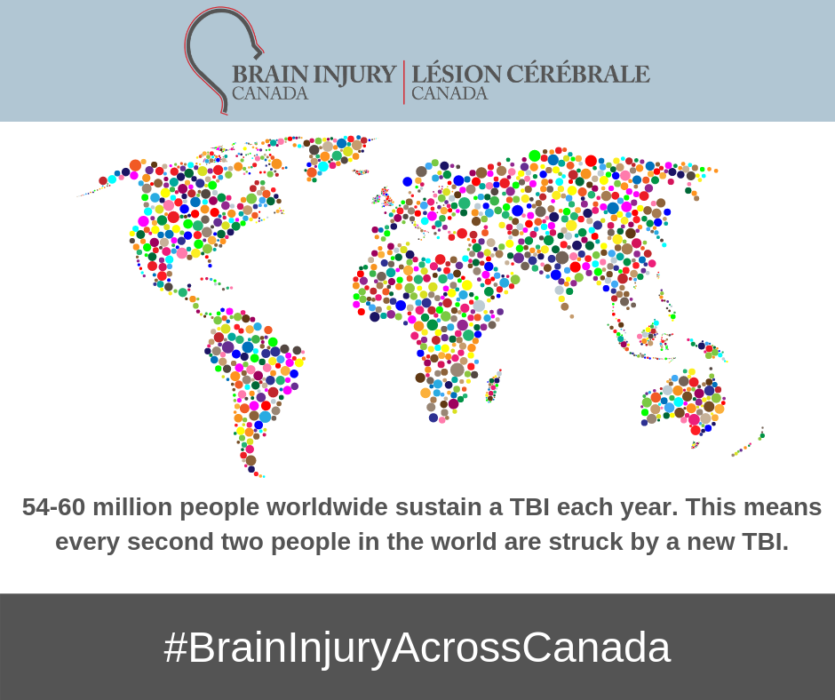Hello, Victoria!
OT Works! is now providing community occupational therapy services in Victoria and Vancouver Island.
OT Works! is pleased to announce that we are now offering community occupational therapy services to clients and customers on Vancouver Island. OT Works! helps a variety of people, including those who are injured in motor vehicle accidents (ICBC rehabilitation) or workplace incidents (WorkSafe BC programs). We provide workplace solutions (return-to-work services for insurance and disability management providers) and support for Canadian veterans and service members (Veterans Affairs). We also help private clients who need help with home safety or return-to-work support.
Locations Served
We serve clients in their community (homes, workplaces, school and in their community). Our OTs are mobile and come to where the clients live and work, which allows us to better understand our clients and develop meaningful assessment and treatment services that are individualized to each client. On Vancouver Island, our occupational therapists serve clients in the Greater Victoria region, and Central Island area.
Greater Victoria
- Victoria
- Esquimalt
- Oak Bay
- Sooke
- Saanich
- Sidney
- Langford
- Colwood
- Metchosin
Central Vancouver Island
- Campbell River
- Courtenay
- Comox
- Cumberland
- Fanny Bay
- Nanoose Bay
- Union Bay
Occupational Therapy Services
Our occupational therapists provide occupational therapy assessment and treatment services to clients throughout the rehabilitation process. Our community occupational therapy services include:
- Return-to-Work Planning and Support
- Ergonomic Assessments
- Home Health & Safety
- Community Integration
- Concussion Management
- Treatment for Depression and Anxiety
Click here for more info.
Our Therapists
Nicole Chan grew up in Victoria and is happy to provide OT services in her hometown. She serves clients in Greater Victoria and southern Vancouver Island including Victoria, Esquimalt, Sooke, East Sooke, Saanich, Sydney, Langford, Colwood, Metchosin. She has additional training and experience with traumatic brain injuries, ergonomic solutions and mental health rehabilitation.
Mathilde Bleuze serves the Comox Valley(Courteny, Comox) and central Vancovuer Island (Campbell River to Nanoose Bay). She works with a diverse range of clients including older adults, people with musculoskeletal injuries and workers requiring ergonomic assessments.
Contact Us Today
All of our other therapists-including Nicole and Mathilde-are certified with the College of Occupational Therapists of British Columbia (COTBC).
Contact us if you or anyone you know could benefit from occupational therapy services in Victoria or the Central Vancouver Island.
Email: referrals@ot-works.com
Phone – Victoria: (250) 999-8896
Phone – Vancouver: (604) 696-1066 ext. 1000
Occupational Therapy and ICBC Rehabilitation: A Successful Return to Work and Life
Occupational therapists believe that an essential part of recovering from a motor-vehicle accident (MVA), and related injuries, is being able to participate in the activities that mean the most to people. OTs assist ICBC clients as they re-engage in meaningful daily routines or “activities of daily living” (ADLs). OTs recommend early intervention, but occupational therapy can be beneficial no matter how long it has been since the MVA.
The therapists at OT Works! have extensive experience with concussions, mental health and return-to-work planning. They address their clients’ physical, emotional and cognitive needs and use evidence-based practice to empower them. Each client has a unique treatment plan, tailored to their strengths, interests and potential.
The three case studies show how occupational therapy can make a big difference in post MVA-rehabilitation at various times in the recovery process.
0-30 Days Post-MVA
30-90 Days Post-MVA
90+ Days Post-MVA
Get started with an OT
All of our therapists are certified with the College of Occupational Therapists of British Columbia (COTBC) and have additional training in areas such as mental health, brain injury rehabilitation, home safety and chronic pain.
Contact us if you or anyone you know could benefit from occupational therapy, of if you have questions about an an OT can help after an MVA.
Email: referrals@ot-works.com
Phone: 604.696.1066 ext. 1000
OT and ICBC rehab: Emma’s Drive to Explore
When ICBC asked OT Works! for help, Emma was avoiding driving. Her motor vehicle accident (MVA) increased her anxiety and made time management, memory and attention difficult for her. With her OT, Emma learned to better manage her concussion symptoms and other pain. Equipped with evidence-based strategies, she reconnected with the friends and adventures that mattered to her most.
OT Involvement
Referral: 90+ days after the accident
Services:
- Activation
- Cognitive Rehab
- Driving in the Community
- Return to Work Planning
- Return to Work Monitoring and Support
Introducing Emma
Age: 35
Occupation: Secretarial Administrator
Injuries: Concussion; anxiety; soft tissue Injuries to the back, neck and shoulder.
How OT Helped
Emma relies on driving to get to work and hang out with friends. As a result of her motor vehicle accident, her anxiety increased and she took time off work. She was afraid to be behind the wheel again and so avoided driving. She struggled to manage the daily activities in her life and found that recalling and retaining memories were suddenly difficult for her.
Nicole Chan (OT) and Aman focused on cognitive rehabilitation in order to encourage Emma to reconnect with her pre-accident activities. They developed calming techniques, followed checklists and used memory aids. Nicole also rode as a passenger in Emma’s car while they built up Emma’s confidence as a driver. With a return-to-work plan, developed collaboratively, Emma returned to work full-time. At the time of her discharge, she was already driving her friends on local trips and exploring what our neighbourhoods have to offer.
“Thanks to Nicole and her encouragement and strategies, [I] feel more comfortable and confident driving on the road after my car accidents.”
Emma (OT Works! client)
Contact Us
All of our OTs are university-trained and certified by the College of Occupational Therapists of British Columbia (COTBC). Many of our OTs have additional training in physical OT treatment, mental health, and goal-planning.
Contact us today if you or someone you know could benefit from an OT, or have any questions about how an OT can help after an MVA.
Email: referrals@ot-works.com
Phone: 604.696.1066 ext. 1000
OT and ICBC Rehab: Aman’s Positivity
As a busy, young woman, Aman struggled when soft-tissue injuries a motor vehicle accident (MVA) decreased her ability to work and play. She experienced back pain and mood fluctuations that made it difficult to enjoy the things she used to love like cooking and yoga. With goal-oriented occupational therapy, Aman increased her endurance and transformed her outlook on life.
OT Involvement
Referral: 30-90 days after the accident
Services:
- Activation
- Education
- Goal-Planning
- Pain Management
- External Service Recommendations: Physiotherapy, Kinesiology and Massage Therapy
Introducing Aman
Age: 27
Occupation: Lab Technician and Aesthetician
Injuries: Soft tissue injuries to the back, neck and shoulder; fluctuations in mood
How OT Helped
Aman enjoys cooking, yoga and attending the gym. When soft tissue injuries interrupted her ability to be active, she also struggled with her mood and motivation. At the time that she met Jaclyn Forsythe (OT), she wasn’t convinced that occupational therapy would help her return to the activities she loved.
Jaclyn, equipped with her Masters’ education and variety of experience, recognized that Aman could benefit from OT. Together, they set well-structure goals that were realistic and achievable. She also provided Aman with tools and techniques to manage her pain effectively so that she could reconnect with the activities she enjoyed before the accident. With Melissa’s support, Aman fostered a more positive outlook on life and could manage her injuries effectively.
“It was my first time working with an occupational therapist and I have to say I had a very good experience. I didn’t think I needed one in the first place, but now having experience the service I can see how it has helped me with my injury and rehab. Both mentally and physically.”
Aman (OT Works! client)
Contact Us
All of our OTs are university-trained and certified by the College of Occupational Therapists of British Columbia (COTBC). Many of our OTs have additional training in physical OT treatment, mental health, and goal-planning.
Contact us today if you or someone you know could benefit from an OT, or have questions about how an OT can help after an MVA.
Email: referrals@ot-works.com
Phone: 604.696.1066 ext. 1000
OT and ICBC Rehab: Getting Kim Back on Her Feet
ICBC’s Hospital Discharge Program requested an occupational therapist to assist their client, Kim. She had a fractured knee from a motor vehicle accident (MVA) which made it difficult to walk. Kim was concerned that she wouldn’t be able to get around like she used to. But by building a rehabilitation plan with occupational therapy and other services. Kim developed the confidence and strength to get out, walk more and socialize with her friends like she used to.
OT Involvement
Referral: 0-30 Days after the accident
Services:
- Assistive Technology
- Home Safety Assessment
- Hospital Discharge Planning
- External Service Recommendations: Physiotherapy, Kinesiology, and Massage Therapy
Introducing Kim
Age: 84 years old
Occupation: Retired, active community member
Injuries: Right tibial plateau fracture with Open Reduction Internal Fixation (ORIF)
How OT Helped
After her accident, Kim wanted to remain active in her community. She sustained a fractured knee and was using a wheelchair at the time that Melissa Ferguson (OT) began working with her.
Melissa planned Kim’s discharge from hospital. When Kim returned home, Melissa had already ensured that her home was safe and accessible considering her injured knee and mobility constraints. Since Kim is a yoga enthusiast, Melissa encouraged her to keep building her strength that way. They also focused on increasing Kim’s walking endurance. She worked with a physiotherapist, kinesiologist and massage therapist as Melissa recommended.
As her ability to walk improved, Kim enjoyed reengaging with ther friends and activities she loved. She no longer felt interrupted by her injuries and looked forward to enjoying more of her retirement.
“I’ve been very well looked after and I am very grateful!”
– Kim (OT Works! client)
Contact Us!
All of our OTs are university-trained and certified by the College of Occupational Therapists of British Columbia (COTBC). Many of our OTs have additional training in physical OT treatment, mental health, and goal-planning.
Contact us today if you or someone you know could benefit from an OT, or have any questions about how an OT can help after an MVA.
Email: referrals@ot-works.com
Phone: 604.696.1066 ext. 1000
October 27th is World OT Day
World Occupational Therapy Day is on Sunday, October 27th. The theme this year is Improved World Health and Wellbeing, as recognized by the World Federation of Occupational Therapists (WFOT). World Occupational Therapy Day was first launched on 27th October 2010. Since then, it has become an important date in the occupational therapy calendar to promote and celebrate the profession internationally.
OT Works! also celebrates in October with OT Month in Canada. On these special occasions for our profession, we recognize how our work is impactful.
Inclusive care is important to us. We are fortunate to work with clients and customers in British Columbia from a variety of cultural backgrounds. OTs work with all parties involved to ensure that they feel respected, understood and confident in the rehabilitation process. We believe that through collaboration – with the client, their social network, healthcare team members, insurers and legal representation – that meaningful recovery occurs.
Occupational therapy is an expanding discipline. We look forward to participating in new strategies, research and treatments to foster improved health and wellbeing in our communities and across the globe.
Find Out More
OT Assessment: What to Expect
Getting Started with an Occupational Therapist
Occupational therapists are client-centered problem solvers. With an OT’s help, clients can increase their ability to take care of themselves, be productive, and enjoy what their homes and communities have to offer.
Occupational therapy begins with a thorough assessment to identify a client’s current abilities and how to maximize their functioning so that they can achieve their personal goals. OTs check their client’s physical, cognitive and emotional abilities and explore any assistive devices, social supports and environmental setups they have or need.
When to Refer to an OT
If a person shows a decrease in daily function, an OT assessment can determine if occupational therapy is right for them. The Canadian Association of Occupational Therapists (CAOT) suggest an assessment may be helpful if a person has had an accident or a change in health status and shows any of these signs:
- They have not returned to work, school, volunteering or other pre-accident roles.
- They struggle to care for themselves, their family or their home.
- Despite other treatments, they are still recovering slowly or not at all.
Initial assessments are also beneficial for insurers who request our OTs’ help. An OT’s observations and recommendations provide clarification for the insurer so that they can arrange funding and coordinate treatment providers. An assessment is particularly useful to determine how a person participates in activities of daily living (ADLs) and how those activities are affected by the injury at hand.
What happens with an OT Assessment?
An OT assessment is a process that usually involves an in-person meeting and a written report. During the assessment, the therapist will typically:
- Gain an understanding of the client’s pre-injury status. How did the client engage in activities before their function decreased?
- Observe the client doing functional tasks in their real environment(s), as well as standardized testing. What are the physical, cognitive and emotional barriers affecting the client’s ability to engage in daily activities as before? What physical, emotional and social supports does the client have in the home, at work or in their community?
- Develop a collaborative plan for treatment. What specific skills or supports require improvement? Is education or ongoing treatment necessary? How does the treatment plan reflect the client’s specific needs and goals as well as current medical research?
- Write a report for the insurer and other health providers. What information would other parties benefit from knowing about the client’s situation? What objective, measurable goals will help a client to their pre-injury function?
Different Kinds of OT Assessments
OT assessments vary depending on the nature of the referral (also known as the “referral question”), the environment for the assessment and the needs of the client. Here are some examples of assessments with a specific focus.
- Hospital Discharge Planning – assess the need for adaptive equipment, home modifications or home support services such as cleaning services or a care aide when a client may be unsafe upon returning home after hospitalization.
- Cognitive Rehabilitation – if the client has experienced a concussion or traumatic brain injury due to the accident, or reports changes in thinking due to a mental health condition, an OT can assess those specific changes. In particular, they assess attention, memory, information processing, and executive function (such as planning).
- Ergonomic Assessment – sometimes an injury doesn’t prevent the client from returning to work but they experience ongoing or increasing symptoms while at work. In this case, an OT assesses the desk, chair and computer set up, particularly to prevent shoulder, neck, back, hip and wrist pain.
- Return-to-Work Planning – if the client cannot return to work due to their injuries, an OT can liaise with their employer to develop a step-by-step plan that gradually reintroduces the client back into their pre-injury worker role. OTs also determine if and how activities, tasks and work roles can be modified in the short or long-term, when medically required.
Where does it take place?
The initial assessment can occur at the client’s home, in their community, or at their workplace. Some also take place in hospitals, clinics or community health centers. Our OTs work in their community. They come to the client to assess their function “in vivo”, which means where they spend most of their time. Our OTs see clients in Greater Vancouver, the Fraser Valley and the Sea-to-Sky area (Squamish, Whistler, Pemberton). We also serve clients on the Sunshine Coast and Vancouver Island.
What do you get from an OT assessment?
Once an assessment is complete, the client and their insurer can review the OT’s recommendations, often as a report. If medically supported and advised, the OT may recommend further follow-up meetings for continued OT treatment.
Some clients start OT already knowing they would benefit from ongoing treatment. For instance, return-to-work planning may require monitoring as an OT’s presence can assist a client as they gradually ease back into their routine. Other clients and fee-payers may be unsure whether longer treatment options are necessary. Nonetheless, an initial assessment is a good place to start and provides professional expertise to determine how to move forward.
How can OT Works! help?
Our occupational therapists are experienced with a wide range of assessments and tools. They have developed unique, client-centered treatment plans that have helped hundreds of people return to their pre-injury status and make the best of their situations.
All of our OTs are university-trained and certified by the College of Occupational Therapists of British Columbia (COTBC). Many of our OTs have additional training in physical OT treatment, mental health, and goal-planning, to name a few. They enjoy working with a variety of insurance providers including ICBC, WorkSafe BC, Pacific Blue Cross, and Great West Life. Our therapists know what steps to take to ensure all parties are content with the outcome of the assessment.
Contact us today if you or your client could benefit from an OT assessment. We would be happy to discuss your needs or answer any question you may have.
Email: referrals@ot-works.com
Phone: 604.696.1066 ext. 1000.
Expansion of OT Training Programs in BC
With a growing demand for occupational therapists in urban and rural areas of British Columbia, OT Works! is thrilled with the recent announcement by the Government of BC and the University of British Columbia to expand occupational therapy programs. UBC hosts the only OT school in BC and many of our OTs are alumni of their Master’s program. UBC will add an occupational therapy program in northern B.C. in partnership with the University of Northern British Columbia, with its first intake starting September 2022. The OT program at UBC-Vancouver also plans to add 8 seats to its program in the coming years.
OT Works! looks forward to working with more UBC and UNBC grads in the future. Together, we can improve the health and wellness of our local communities.
Read More
- “Occupational and physical therapy programs expand to northern B.C.” UBC Faculty of Medicine. https://www.med.ubc.ca/news/occupational-and-physical-therapy-programs-expand-to-northern-b-c/
- “Burnaby doesn’t have enough occupational therapists to staff new networks.” Burnaby Now. https://www.burnabynow.com/news/burnaby-doesn-t-have-enough-occupational-therapists-to-staff-new-networks-group-1.23771316
Photo Credit: UBC Faculty of Medicine – University of British Columbia
Exposure Therapy and OT
After an emotionally difficult experience you may find it challenging to fully participate at work, at home or in social situations. Exposure therapy is a treatment Occupational Therapists use to increase a client’s ability to function after trauma. OTs use exposure therapy to address anxiety, fear and discomfort so that you can actively engage in you community and life again.
What is Exposure Therapy?
Exposure therapy helps clients improve their ability to differentiate between safe and unsafe situations. With an OT’s help, they can reduce the physical, emotional, cognitive and social symptoms of trauma. Early intervention along with repetition empowers clients to better manage their response to triggers.
When someone experiences anxiety about specific people, places or things, they often avoid those situations. While this can reduce the discomfort in the short term, longer-term solutions are better. Interrupting the cycle of fear, through exposure therapy, allows a person to better recognize which beliefs are accurate and which have become overrun by emotions and difficult memories.
How is Exposure Therapy done?
- Education: Discuss how avoidance behaviours fuel anxiety.
- Which safety habits does the client use in order to reduce anxiety in the triggering situation?
- What thoughts and beliefs about the situation may be inaccurate or not helpful?
- Develop a structured plan to overcome the anxiety.
- The OT and their client develop an exposure hierarchy by grading all the aspects about the situation that causes anxiety. They assign each a score that ranges from 0/10 (no anxiety) to 10/10 (most anxiety ever).
- Based upon these scores, the OT and client develop a step-by-step plan to address each aspect of anxiety. Initial sessions should work through less anxious tasks and later sessions should address those that cause more anxiety.
- In the final sessions, the client aims to manage their anxiety effectively so that they can engage in the formerly stressful situation with a calm and clear mindset.
- During each session: Consider how long to continue with the session before it is complete.
- Researchers suggest that the client and OT stay in the situation until their level of fear drops by 50%. If the client considered their anxiety to be a 8/10 initially, they should wait until it is a 4/10 before concluding that exposure step.
Meet Kadie: A Case Study in Exposure Therapy
After an isolated and traumatic event occurred during her work as a social worker, Kadie feared her safety whenever she came near the site of the incident. Jennifer MacDonald, a senior therapist with OT Works! started working with Kadie after she had been off work for 6 months. They used a team-based approach to organize the exposure plan with the rest of Kadie’s healthcare team and social network. They had one-on-one sessions that gradually reintroduced her back into her work role. At discharge, Kadie was able to return to work independently, equipped with the tools and skills to work effectively without tirelessly worrying about her safety. With exposure therapy, Kadie built up confidence in her ability to manage feelings of anxiety.
How can OT Works! help?
Our occupational therapists are experienced in exposure therapy. They have helped many clients face their fears and reduce their anxiety. Our clients are able to return to their daily activities and enter unfamiliar situations equipped with the tools that are gained from exposure. All of our therapists are certified with the College of Occupational Therapists of British Columbia (COTBC) and many have additional training in mental health treatment.
If you or anyone you know could benefit from exposure therapy, contact us at referrals@ot-works.com or 604.696.1066 ext. 1000. We can connect you with one of our therapists and make recovery more attainable for everyone.
Additional Resources
To learn more about exposure therapy, check out these resources:
- American Psychological Association – Exposure Therapy
- Anxiety Canada – Facing Fears
- HealthLink BC – Exposure Therapy
- Very Well Mind – How Exposure Therapy Can Treat PTSD
#BrainInjuryAcrossCanada
June is Brain Injury Awareness Month by Brain Injury Canada – an advocacy movement by brain injury associations, survivors and caregivers throughout the country. Their mission “is to enhance the quality of life of individuals and families/caregivers living with brain injury in Canada.”
Did you know that approximately 1.5 million Canadians live with a brain injury? Acquired brain injuries, that occur due to trauma after birth, can affect thinking, sensations (including touch, taste, light, sound and smell), language and emotions. Often, they appear as a part of a silent epidemic; concussions, impaired cognitive and behavioural functioning are not necessarily as visible as other disabilities. Everyone involved in brain injury rehabilitation and recovery face the social, emotional and economic consequences that arise, even if they are not a survivor themselves. It is important for survivors and community members to share their stories and demonstrate how brain injuries can be overcome.
Enrico Quilico: Athlete, Educator, Traumatic Brain-injury Survivor
Over a decade ago, Enrico nearly lost his life when he was thrown from his motorcycle while veering to avoid a car in front of him. He spent two weeks in an induced coma. Doctors told his parents to think about whether he should remain on life support when he did not initially wake up.
When he did regain consciousness, Enrico had to re-learn many basic skills like walking and proper pronunciation. He credits his recovery, to the point he is at now, due to continuous exercise. He has competed in over 16 triathlons and, in 2016, he participated in the Ironman while raising funds in support of Brain Injury Canada.
Enrico has also earned several degrees since his accident. He has a Bachelor’s degree in education from Concordia University and a research-based Master’s degree in kinesiology and physical education from McGill. His research focuses on determining the benefits of physical exercise for others who have had similar experiences to him. Enrico was able to take a situation that seemed to negatively impact his life and turned it into something positive.
The OT Works! and Brain-Injury Rehabilitation
OT Works! is a proud supporter of Brain Injury Awareness Month. Every month, our team of occupational therapists meet for in-service education. In February of this year, OT Works! joined a webinar co-presented by Enrico on “The Importance of Exercising After Traumatic Brain Injury.” He shared his research and outcomes of a 9 to 12-month exercise program developed to help patients recover from a traumatic brain injury.
Our OTs continue to provide quality care while keeping up-to-date with current and emerging research and clinical evidence. Our OTs are knowledgeable on treating traumatic brain injuries and we have helped hundreds of clients with concussions return to the activities they love. Our OTs have advanced training and regularly attend brain injury rehabilitation workshops. Through their education, they help clients overcome their barriers in order to achieve success.
How Can We Help?
Give us a call if you are interested in how an OT can help you or someone you know with a traumatic brain injury.
Phone: 604.696.1066 ext. 1000.
Email: Referral@ot-works.com
Learn More
- “Overcoming a Motorcycle Crash to Becoming an Ironman” – The Epoch Times, May 1, 2019.
- “Co-Creating a Physical Activity Program for People with Traumatic Brain Injury” – Enrico Quilico’s Story on YouTube
- Brain Injury Canada – Website
- Acquired Brain Injury (ABI) Information – Factsheet (PDF)
